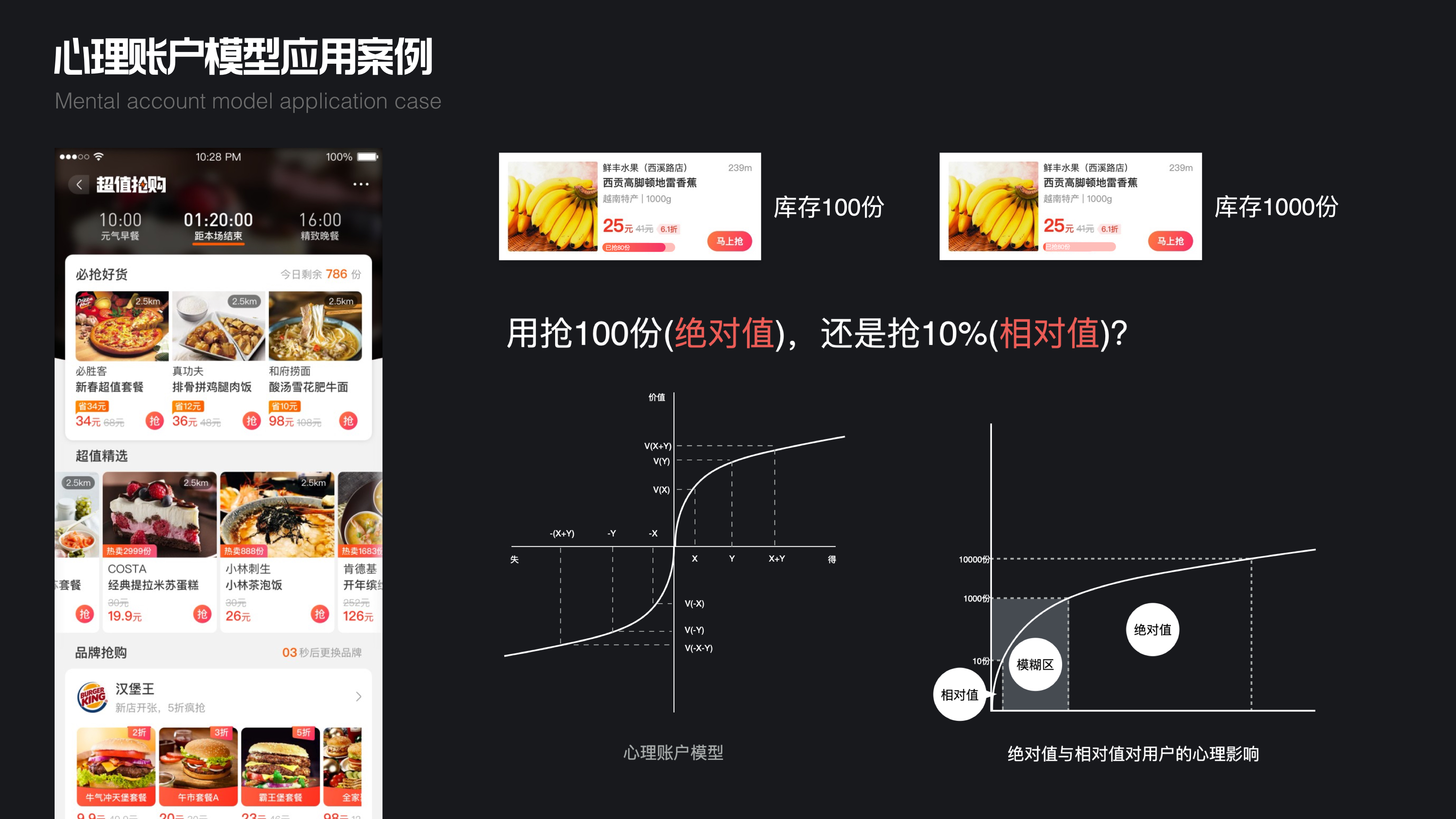-
 李煜佳
阿里本地生活
体验设计专家
李煜佳
阿里本地生活
体验设计专家
阿里本地生活体验设计专家,餐饮行业负责人。曾就职于华为,期间「融合视频项目」获得2017国际RedDot设计奖。主导过阿里本地双11、双12、首页、会员等大型项目。个人出版《千里之行:启程用户体验设计》,该书由林敏博士、UI中国CEO董景博、童慧明教授等9位业界知名人士联诀推荐。从业过程中拥有设计专利60余件。
设计理念:设计向来不是单维的,善用矩阵思维,把握人性和事物的本质,让设计价值有的放矢。
场景矩阵思维:重构本地生活行业设计
饿了么从9.0开始定位从送外卖走向送万物,扩充品类发展横向业态多元化,打造成为本地服务阵地。愿景是构建一个用户身边的“完美生活圈”,包含到店到家的行业全品类,实现“爱什么,来什么”。在饿了么和口碑融合的“新服务”背景下,多行业进行整合和场景细分,设计是如果通过精细化用户场景重新构建起找店、找品的关键节点设计。
通过本次工作坊,可以让参与者了解本地行业赛道情况,多元业态中的到店和到家场景用户的差异需求。并以多个实际案例归纳「场景矩阵思维」的4步骤和3要素,帮助中高级或以上的设计师建立一种行业通用性业务的设计思维体系,掌握该方法能有效的在实战中快速摸清行业特征,把关键因素,击中用户痛点助力业务增长拿结果。
工作坊中将学习到的具体内容包括:
1、场景矩阵化可以借鉴什么问题
1.1 为什么需要场景矩阵思维
1.2 什么是场景矩阵思维:设计体系模型
1.3 场景矩阵思维如何在实际工作中应用
2、场景矩阵思维的4步骤
2.1 观察发现:多维手段洞察用户与客户需求
2.2 拆解分析:围绕关键目标做痛点分析
2.3 提炼整合:归纳阻碍目标的核心问题
2.4 场景归纳:创造理性和感性的用户场景
3、场景矩阵思维的3要素
3.1 要素:枚举在业务下的核心要素
3.2 关系:用MECE原则列举要素之间的关系
3.3 条件:产生物理和情感场景的客观条件
4、案例解析
案例1:在本地生活服务平台中,餐饮行业是当前纵向价值链最深的行业之一。围绕找店选品,我们将餐饮门店分为普通店铺和高级餐厅,并细分餐饮子类目。与用户解决工作餐和聚餐等场景建立起决策因子矩阵,从而对不同类型的门店的店招、橱窗、货架和评价等多维度进行差异化设计表达。
案例2:疫情之后,生活服务行业的宠物、母婴等行业崛起,其中最具代表性的是医美行业。医美是低频次高消费的行业,因为医疗美容有一定风险,也造就了用户人群的小众性。如何在平台获取精准用户便成了该行业的重点和难点。基于此我们构建了一套让用户由浅及深的感知和转化的场景,让用户从了解到互动、从尝试到最终走向线下。
案例3:本地生活离不开一个线下现场,商圈是一个集线下人气和多行业门店为一体的综合网格化流量场。在该场景下,我们将聚焦用户的线下行为,把用户到场的行为结合到业务中,引导用户线下消费。当用户不在场时,通过商圈动态、活动、团购优化等方式种草。
1、工作坊介绍:本地行业视频vcr、自我介绍、工作坊内容的概要介绍
2、设计思维分享:什么是场景矩阵思维设计、为什么要用场景矩阵思维设计、如何进行场景矩阵思维设计
3、案例解析:以阿里本地生活平台的商圈、餐饮和生服务等多行业差异讲解具体应用
4、开放问答:Q&A自由交流
5、实践互动:沉浸式互动共创,剧本杀式探索场景旅程,随机分配角色代入,探索场景设计更多可能性
6、回顾总结
1、体验设计师 / 交互设计师 / 视觉设计师 / 工业与空间设计师等进阶性设计师
2、产品经理 / 产品运营 / 技术研发工程师
3、互联网从业者
1、进阶设计思维学习,掌握在工作过程中如何沉淀自己的设计方法和体系,构建自己的设计思维架构
2、通过矩阵式思考共创,熟悉掌握多维度的思考角度的链接和切换,并帮助搭建属于你自己的思考能力矩阵,可灵活运用与业务
3、提高设计师的职业竞争软实力,如汇报提案能力、有效复盘能力、提炼设计价值和建立方法体系等能力
-
 商圈用户体感旅程图
商圈用户体感旅程图
-
 心理账户模型应用案例
心理账户模型应用案例
-
 阿里本地双十一线下活动
阿里本地双十一线下活动
-
 SNPE营销活动设计模型
SNPE营销活动设计模型
-
 营销活动用户情绪曲线
营销活动用户情绪曲线
-
 饿了么超会吃货豆IP
饿了么超会吃货豆IP
-
 角色IP 心智养成设计公式
角色IP 心智养成设计公式
-
 饿了么超级会员宣发
饿了么超级会员宣发
-
 吃货豆积分体系回路图
吃货豆积分体系回路图
-
 饿了么超级会员升级
饿了么超级会员升级








